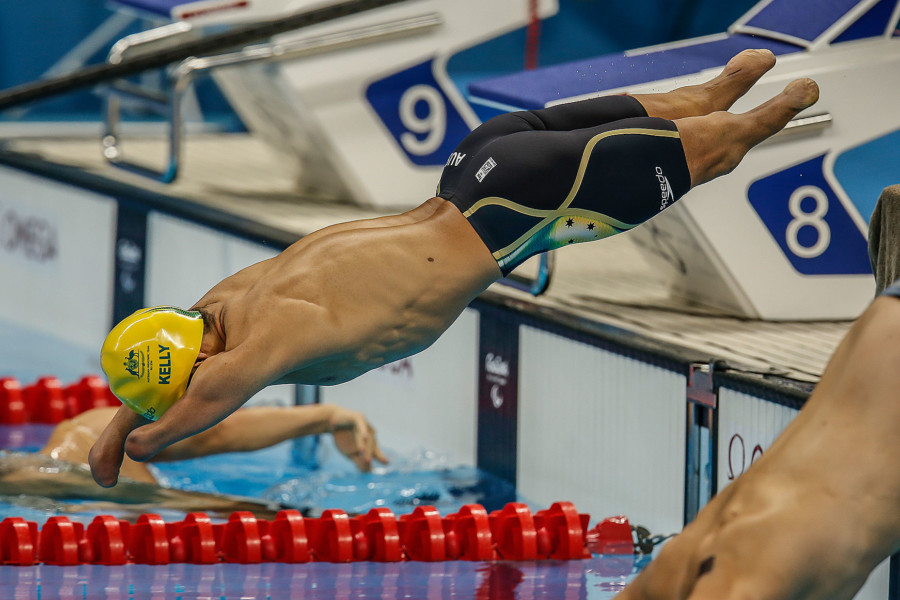
Paralympics Workflow: How the Official Australian Team Photographer Is Getting the Shot
Ever wondered what it takes to photograph world-renowned athletes? Greg Smith, PhotoShelter member and the Official Australian Team Photographer for the Paralympics, is here to shed some light.
Before heading off to Tokyo for the Games, we caught up with Greg to find out more about his workflow, COVID-19 restrictions, what gear he’s bringing and how his team is attempting to get a captivating image of every single Australian athlete. And with 179 Australian athletes competing in 18 of the 22 different Paralympic events over the 12 days of competition, that’s no easy feat.
This interview has been lightly edited for clarity and length. Cover image by Greg Smith/iKapture.
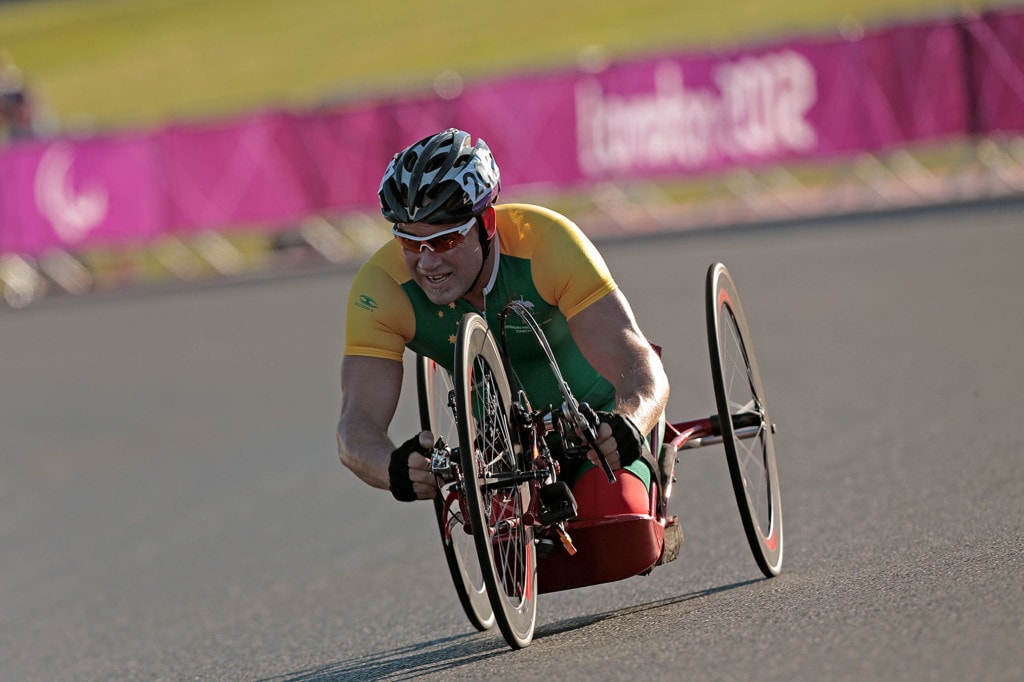
Can you share a bit about how you got your start in photography? I’d also love to know how you came to be the official photographer for Australia.
I’ve always had an interest in photography from when I was a kid. My Grandmother would travel all over the world and bring back images from her travels. She’d then have “slide nights” where the family would gather and learn about some of these exotic places. I was always keen to see what she had found from around the world and listen to her stories. Then, as a teenager, I used to read magazines and ogle over each image, trying to learn how the photographers would have taken the images. Fast forward to later in life and I changed my career path away from the Australian Automotive racing industry to photography. My wife and I started our own events business shooting sports, providing all printed images onsite before the competitors left the venues.
I met a lot of people along the way and had a chance to do some really awesome jobs too. One of those I met was Jeff Crow from Sport The Library and he had the contract to supply still imagery for Paralympics Australia. He joked with me that I’d enjoy going with him to London for the 2012 Paralympics and offered me a position. Here we are 10 years later and we’re headed to Tokyo!
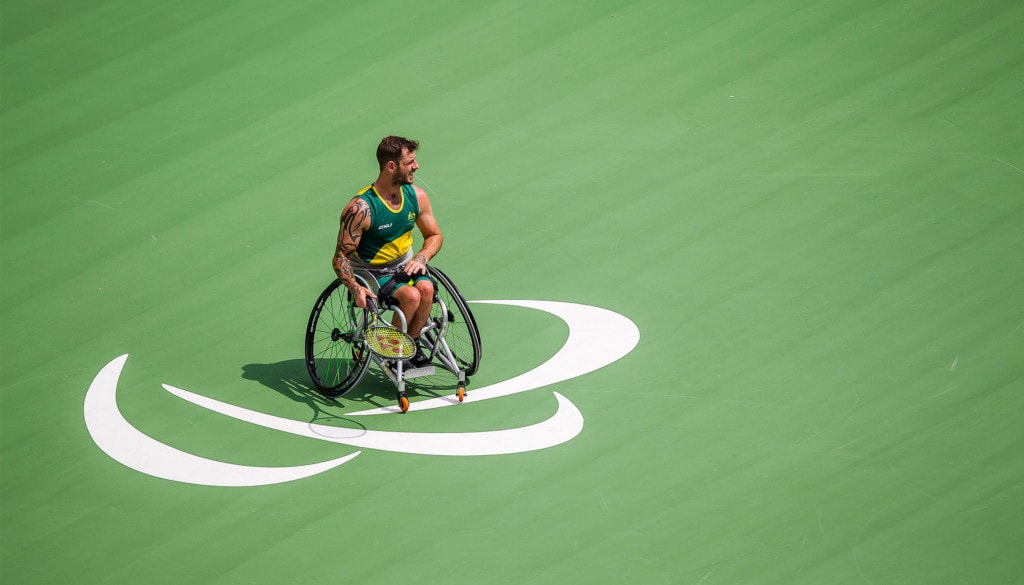
Tell us about your workflow during the Games. Who’s sharing your images and where?
Getting the images out of the camera: As you’re aware, the rise of social media has reduced the lead times for all of the professional photographers shooting the games. As a result, you can’t really get away with pulling cards and ingesting them into your laptop anymore.
As a minimum, you need to tether directly to a laptop or shoot directly to an external FTP. So, for Tokyo I’m choosing to use a WiFi based transfer system that will send directly to my PhotoShelter FTP which will then be sorted, cropped and data corrected from a remote location by another team member.
Greg Smith
Canon recently released their “Mobile File Transfer” app which works with the internal WiFi capabilities of the newer pro-level Canon cameras. As a backup I will also have a CamRanger2 on hand if the camera system or WiFi collapses.
The images will then be transferred to the media team at Paralympics Australia for their use in multiple locations. Some of those are internal – social media, athlete documentation – and externally, they’re shared with news outlets and team sponsors.
What gear are you bringing?
I’ll have a total of two Canon camera bodies both R5’s plus one 1DX as a spare. My lenses include a 200-400 F4L, 70-200 F2.8L, 24-70 F2.8L and others. Then all of the other little bits and pieces that usually add up to be worth more than you’d like to know. My laptop is a 16” MacBook Pro and that will be supported by my latest iPad and a few backup SSD drives. I will also take a Godox AD200 flash just in case I get the opportunity to take an athlete’s portrait as a sponsor’s request.
Just as a side note: We get support from Canon CPS at these events. That gives us the ability to have our gear serviced and the opportunity to “loan” gear for 24hr cycles. It’s much appreciated when you get to use their 800mm for track and field events.
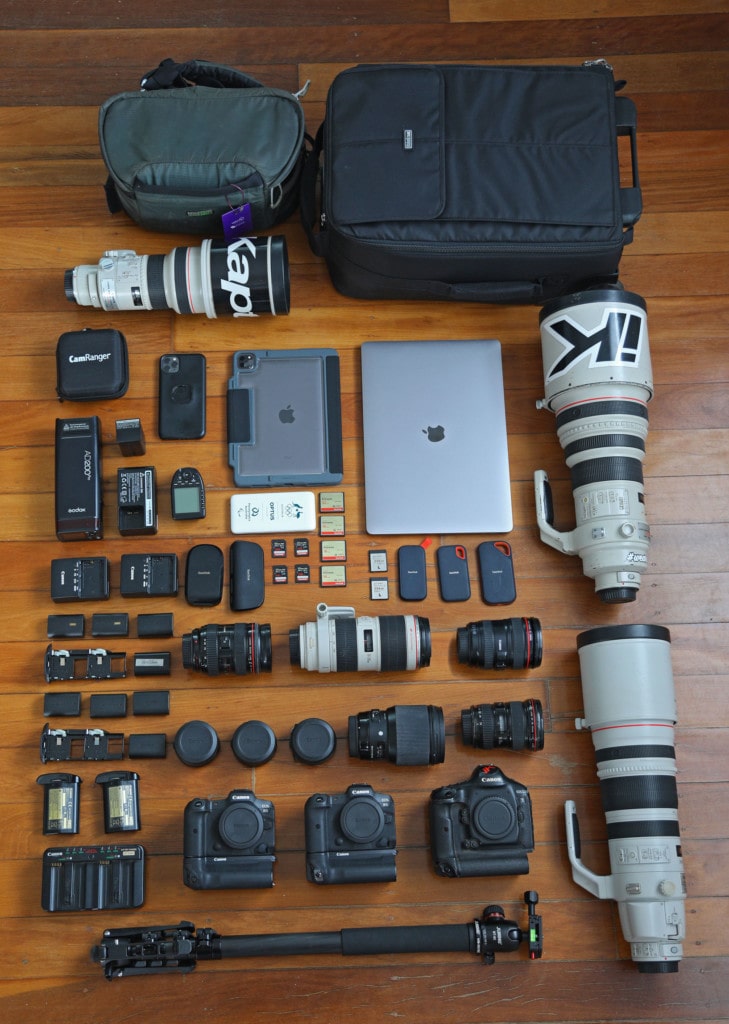
What are the COVID restrictions for the Games? How do you see that affecting the photos you’re able to make?
We’re having to be even more strict about how we approach these games than the Olympic photographers due to the lower immunity that many of the ParaAthletes have.
We will be based out of the Olympic Village, as a result, to try and make sure that we don’t mingle with our team athletes at all. Paralympics Australia has a very comprehensive Covid plan and actually have us performing a “Home Lockdown” for the 14 days leading up to our flights to Japan. Once on the ground, it’s a 3-day hotel lockdown for us and then we start covering the events. Along the way, we are tested numerous times before we arrive in Japan and then we’ll be tested every day until we leave for Australia. Upon returning, we have to go into quarantine again for 14 days; locked in a hotel room for the whole time.
All that said, the actual event photos won’t be affected too much, mind you the crowd won’t be in the background of the images which can really help boost the colours and vibrance of the pictures. Plus it’s always a great image when the family hugs the athlete after winning their medal!
I know this will be your third time at the Paralympics. Have any great stories from the first two you might want to share?
Yes, this will be my 3rd time at the Paralympics (London / Rio / Tokyo) as I only do the Summer games due to the amount of Australian Winter Games athletes.
The whole Paralympic movement is contagious and every time I work with any of the team members or athletes I get more and more attached to their infectiously happy personalities. I don’t have any single stand-out moments from the games but one does come to mind from the first time I watched the high jump in London. I was in awe as the competitors walked to their start spot then “dropped their legs” before hopping over to the high jump bar and clearing close to 2m.
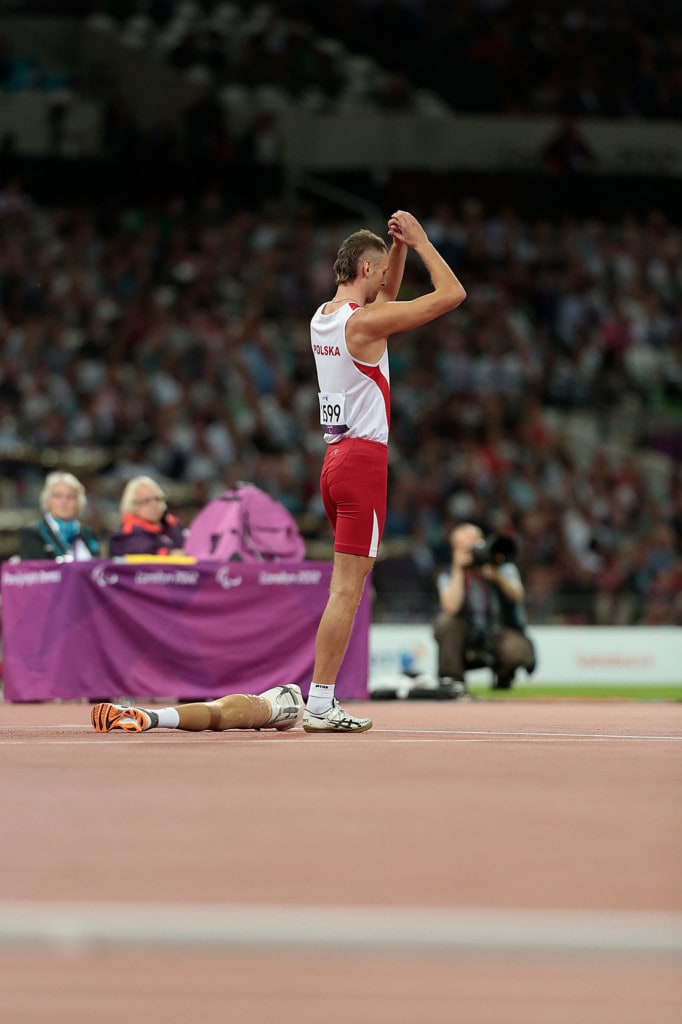
Do you have a favorite event or sport you photograph during the Games? I’d love to know more about that.
I find that the Velodrome is an awesome place to get great action and colour with lots of predictable movements that help you deliver those “slow shutter” speed blurs that everyone loves so much. Wheelchair Rugby is another sport that always delivers action and jubilation. It’s great to get so close to the athletes doing their thing.
Anything else you’d like to add?
Once the dust has settled, our mandate is that every athlete has an image of them in action at the 2020 Paralympics. With 179 Australian athletes competing in 18 of the 22 different Paralympic events over the 12 days of competition, it’s going to be hard but we are sure with the knowledge from past games we will be able to meet our goal. Obviously, some of the competitors are in individual events and some are in Team events, which makes it harder to make sure you have images of everyone. Another thing to consider is the time to travel to the different venues as they aren’t all located in the same precinct. So if an Australian athlete is competing we will get an image of them if it’s the last thing we do.
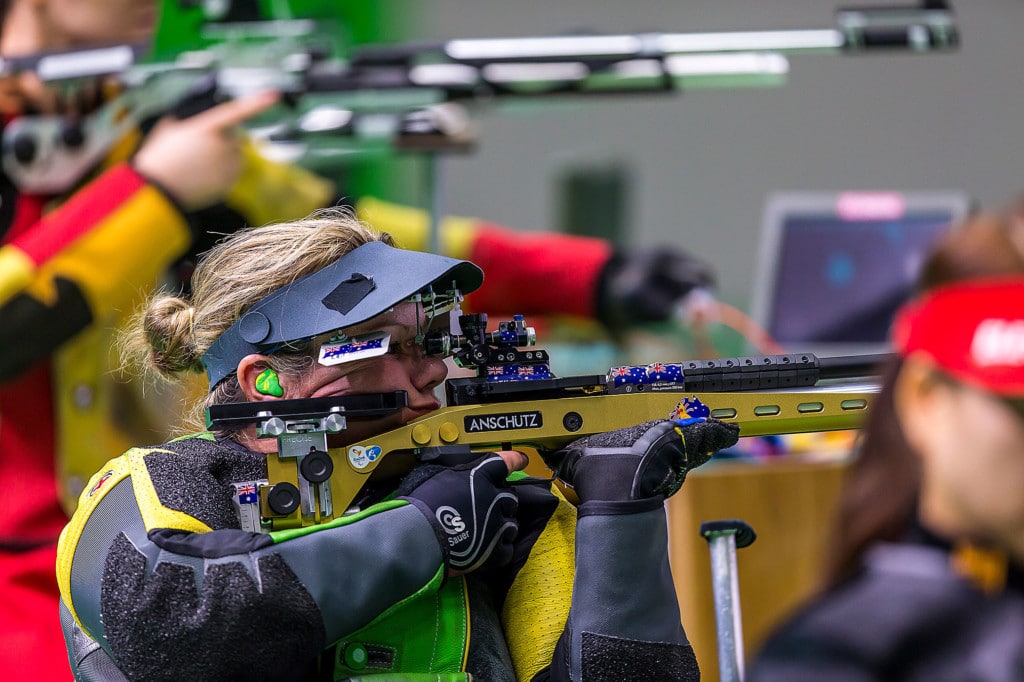
I’d really like to thank Jeff Crow and Paralympics Australia for the continued support and chance to capture such a historic part of these athletes’ lives and for our country. I’d also like to mention the other member of our three-person photo team, Drew Chislett. His love and respect of the ParaAthletes coupled with his ability to see “the shot” is remarkable.
I’m sure this time round it’s going to be harder than ever before due to the pandemic plus the heat and humidity. There will also be a few challenges when it comes to food, travel and communicating with the Japanese support staff at venues. But all in all, it will be another great experience and one that athletes will hopefully remember in their futures by flicking through moments caught by our team’s cameras.
Be sure to check out Greg, Jeff and Drew’s photos on the Paralympics Australia Instagram and give Greg’s personal account a follow @ikapture!
